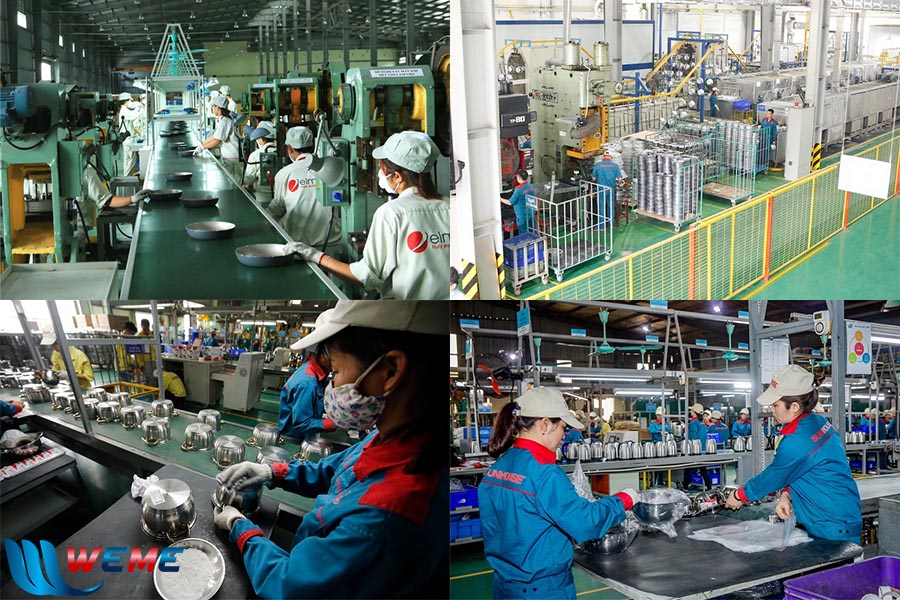Treatment of wastewater from household goods production
Treatment of wastewater from household goods production
Nowadays, as human life becomes more advanced, the demand for material things also increases. Vietnam has many investment and development policies for industries both domestically and abroad. The demand for household goods is becoming more and more modern. Companies and factories are developing and building a lot in provinces and cities. The investment in wastewater treatment systems for household goods production at factories is therefore becoming more important than ever.
The urgency of wastewater treatment in household goods production
The increasing demand for production and use also brings the risk of wastewater. Wastewater contains many harmful heavy metals, high TSS, and oil and grease, which, when discharged into the environment, will harm the environment, plants, and humans. Therefore, to ensure a safe environment and production, companies and factories should equip themselves with wastewater treatment systems for household goods production. The purpose is to remove harmful impurities before discharging them into the environment.

Process of treating wastewater in household goods production
Explanation:
- Wastewater produced by the factory is pumped through a conditioning tank to regulate flow and concentration.
- Next, the wastewater is pumped through a chemical treatment system. Here, suspended matter, heavy metals, etc. will be treated through flocculation to create flocs.
- After completing the physical and chemical treatment stage, the wastewater is then transferred to a settling tank. The sludge will settle to the bottom and be pumped out through the sludge path for treatment according to regulations.
- The remaining wastewater will be transferred to an intermediate tank for storage. It is then pumped through a high-pressure filtration system to filter out any remaining suspended particles. The wastewater will be filtered through sand, gravel, and activated carbon to absorb all heavy metals. The last step of the household goods wastewater treatment system is disinfection to ensure compliance with QCVN standards before discharging into the environment.
The values brought about by the wastewater treatment system in the production of household goods.
The wastewater treatment system in the production of household goods are closely associated with numerous practical benefits for the environment, society, and the business owner. Building such a wastewater treatment system brings about the following advantages:
- Protecting the environment in and around the factory.
- Protecting the company from legal issues regarding environmental concerns.
- Creating a positive image for employees and especially for customers.
- Minimizing environmental pollution problems. Improving the quality of treated wastewater, reducing unpleasant odors, and helping to improve air quality.

The notable features when using the product of the wastewater treatment system in the production of household goods:
- A streamlined design to fit the available space of the factory.
- Meeting the power demand requirements for companies (with a capacity of 30 m3/day or more).
- Combining physical and chemical technologies with pressure filtration that WeMe applies to eliminate heavy metal parameters and the main inorganic components in the factory's wastewater, ensuring the treated water quality meets the environmental discharge standards of the Ministry of Natural Resources and Environment.
- Designing and installing promptly according to the schedule, meeting the needs of the investor to put the project into operation.
- Imported equipment with a catalog and origin invoice ensuring quality requirements.
- Legal support and bidding documents for projects that need to be equipped with a wastewater treatment system.


































































































